(QNO) - In the heroic atmosphere of the historic March days, Hoi An streets were filled with flags and flowers to celebrate the 48th anniversary of the Liberation of the homeland and the 15th anniversary of the founding of Hoi An city.

The heroic memories of the war against America to save the country still echo in this land.
After suffering consecutive defeats on the Southern battlefield, the US frantically escalated its attacks on the North with a large-scale strategic raid with B-52s for 12 days and nights (December 18-29, 1972). The army and people of the North crushed and defeated an important part of the American imperialists' war of aggression, firmly protecting the North - the great rear of the whole country.
From military and political victories, Vietnam has created conditions for victory on the diplomatic front. On January 27, 1973, the "Agreement on Ending the War and Restoring Peace in Vietnam" was signed. However, our people have not had a single day of peace and freedom. The US and the Republic of Vietnam government blatantly violated the agreement. In the South, guns are still fired, blood is still flowing, and the war is still going on.
On the Hoi An battlefield, the enemy mobilized a large military force, concentrated maximum weapons to launch siege operations, flooded the territory, encroached on our liberated areas in Cam An, Cam Ha, Cam Kim, Cam Thanh and intensified attacks on the revolutionary movement and mass bases with many extremely vicious and brutal tricks. With the plot to control many people, occupy many lands, eliminate the "leopard skin" interlacing situation and our concave bases to dominate the battlefield.
During these fierce days, the army and people of Hoi An showed their brave and tenacious fighting spirit. Soldiers and guerrillas buried themselves day and night in the burning sand of An Bang and Tan Thanh, and soaked themselves in the mud under the Cam Thanh coconut forest to persistently fight the enemy, breaking up a series of their attacks to hold their positions.
But the situation became increasingly complicated, at the end of May 1974 the enemy increased reinforcements and launched a larger-scale attack. While the battlefield was isolated, the urgent requirements for troops, weapons, food, and provisions were not replenished, and resources and manpower were gradually depleted.

In June 1974, to preserve its forces, the City Party Committee decided to arrange for cadres and guerrillas from the communes to return to their localities to continue building up revolutionary strength. The armed forces and the outposts took the areas of Xuyen Thai, Xuyen Tan (Duy Xuyen) and Thuong Phuoc (Cam Kim) as their bases and built a springboard to transform the revolutionary movement. The legal forces stepped up their activities in enemy areas, building communication lines to ensure smooth and timely direction from the City Party Committee. The logistics forces continued to be built in the mountainous areas of Xuyen Tra (Duy Xuyen), Son Phuc, Son Khanh (Que Son) to serve the battlefield.
The resistance war against the US to save the country of the army and people of Hoi An entered an extremely difficult and complicated period, with new challenges, but the Town Party Committee carried out many flexible measures to continuously develop revolutionary strength in all aspects in the base areas and areas controlled by the enemy. In 1974, the Hoi An Town Party Committee built 14 legal Party cells with 76 Party members operating in the enemy's heartland. Mass organizations such as youth, women, farmers' associations, elders, children, and trade unions in the enemy's area were consolidated and developed.
At the end of 1974, our country's revolution had favorable developments. In the South, our army and people implemented a counter-offensive and general offensive strategy, basically defeating the enemy's "pacification" plan, forcing them to return to try to hold urban areas and some strategic areas.
On the Quang Nam - Da Nang battlefield, with the victory of Nong Son - Trung Phuoc, Thuong Duc made a big splash. Coordinating with the battlefield of the whole province, the armed forces of Hoi An together with guerrillas and soldiers of Duy Xuyen launched continuous attacks, destroying and forcing the withdrawal of a series of enemy strongholds and outposts in Xuyen Tan and Xuyen Thai, supporting the people to destroy the Trieu Chau concentration area; the liberated area in eastern Duy Xuyen was expanded, creating a solid screen to threaten the enemy from the south of the town.
At this time, the revolution in the South was making great strides, especially the liberation of Phuoc Long province. This was a vivid reality that contributed significantly to the Politburo's decision to liberate the South in the two years 1975 - 1976, while at the same time grasping the strategic opportunity to be ready to liberate the South in 1975.

To carry out that strategic determination, our army and people used all their spirit and strength to carry out a general offensive and uprising throughout the region, starting with the great victory of the Central Highlands campaign (March 10, 1975), strongly encouraging the general offensive and uprising to liberate the South before the rainy season of 1975.
The situation on the battlefield was extremely urgent, the time for revolution was ripe. On March 21, 1975, the Ho Chi Minh campaign began, our army achieved many victories on all battlefields.
Sharing the offensive spirit, the Town's armed forces proactively fought and destroyed many outposts and checkpoints in Xuyen Tho, and completely attacked and annihilated a local army company of the enemy in village 3 of Cam Kim. The liberated area was expanded from Nam Phuoc to Xuyen Tho through Cam Kim. The Xuyen Thai - Xuyen Tan - Xuyen Long - Cam Kim corridor was established.
On March 25, 1975, the Town Uprising Committee was established, followed shortly after by the Commune Uprising Committee. A number of cadres were assigned to stay close to the area, gather forces and prepare to launch a mass uprising to seize power in the villages and communes.
On March 24, 1975, the 3rd puppet division was defeated in Quang Ngai and Tam Ky and retreated to Hoi An, increasing the number of puppet troops to nearly 10,000. This defeated army was mentally broken, began to disintegrate in organization and had a chaotic command.
The revolutionary opportunity had come! At 12 noon on March 27, 1975, the Town Uprising Committee decided to launch a general offensive and uprising to liberate the town.
At 2:00 p.m. on March 27, dozens of our bases sent motorboats to the liberated areas of Xuyen Tan and Xuyen Thai to pick up cadres and soldiers to liberate the town. At 2:00 a.m. on March 28, 1975, our forces divided into many directions and many units to attack the inner city of Hoi An.
The first spearhead from Xuyen Tan crossed Cam Kim, passed Ngoc Thanh to occupy the bus station and attacked Quang Nam Sub-region, attacked the northwest of the town, occupied Chi Lang area, prison area, Ong Cop temple and airport.
The second spearhead from Xuyen Tan crossed Cam Thanh and advanced to the inner city to capture Hieu Nhon district, the Engineering area, the Sub-region and guard the intersections in the inner city.
The third spearhead from Cam Thanh advanced to Con Chai to capture Tay Ho camp, the Police Department and other important targets.
Coordinating smoothly with military attacks, people in 12 concentration camps and concentration camps simultaneously rose up and completely controlled the suburbs of the town on the night of March 27, 1975.
At 5:00 a.m. on March 28, 1975, after occupying most of the enemy's positions and targets and liberating the prison, our troops gathered at the Quang Nam Administration Building. The National Liberation Front flag raised by two soldiers Duong A and Dinh Van Thanh fluttered over the enemy's stronghold, the entire puppet army and government system in Hoi An was disintegrated. The masses cheered, groups of people took to the streets holding high flags and banners to celebrate the victory. Villages and streets were filled with the joy of the day of complete victory.
On the afternoon of March 29, 1975, comrade Vo Chi Cong from Da Nang inspected the situation in Hoi An and convened a meeting with the City Party Committee, ordering Hoi An leaders to quickly liberate Cu Lao Cham. That very night, the town requisitioned three 45-horsepower fishing boats of fishermen from Cam Thanh and Cam An to quickly pursue and capture all the enemy troops fleeing in Cu Lao Cham. At 9:00 a.m. on March 30, 1975, Cu Lao Cham was liberated.
On March 30, 1975, the Hoi An Town Uprising Committee was transformed into the Hoi An Town Military Management Committee, issued a statement to abolish all levels of puppet government, and established Military Management Committees for communes and wards.
The 1975 Spring General Offensive and Uprising in Hoi An was completely victorious, contributing greatly to the cause of liberating the South, ending the 30-year war of national liberation and defense of the Fatherland, ending more than a century of colonialism and imperialism's domination, successfully completing the historical mission: regaining national independence, unifying the country, opening a great turning point, establishing the people's mastery, and transitioning the whole country to socialism.
48 springs have passed, but the invincible spirit of March 28, 1975 will forever be the pride of many generations of Hoi An people, embellishing the heroic history of our homeland, Quang Nam.
Source





![[Photo] The 9th Party Congress of the National Political Publishing House Truth](https://vphoto.vietnam.vn/thumb/1200x675/vietnam/resource/IMAGE/2025/6/24/ade0561f18954dd1a6a491bdadfa84f1)
![[Photo] General Secretary To Lam meets with the Group of Young National Assembly Deputies](https://vphoto.vietnam.vn/thumb/1200x675/vietnam/resource/IMAGE/2025/6/24/618b5c3b8c92431686f2217f61dbf4f6)
![[Photo] Close-up of modernized Thu Thiem, connecting new life with District 1](https://vphoto.vietnam.vn/thumb/1200x675/vietnam/resource/IMAGE/2025/6/24/d360fb27c6924b0087bf4f288c24b2f2)



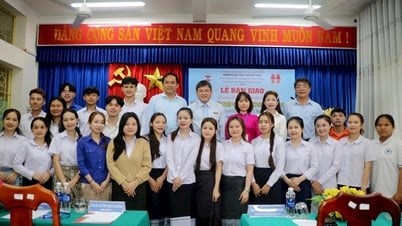
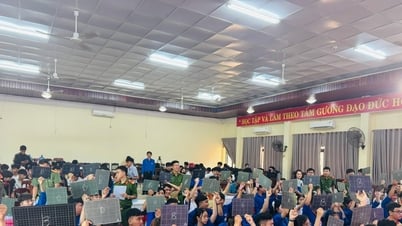
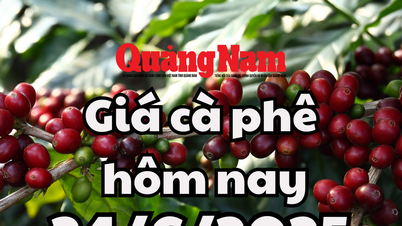




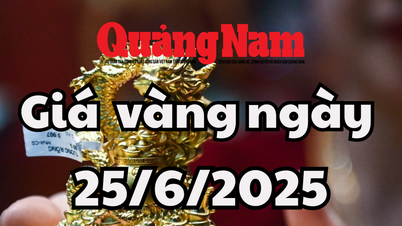
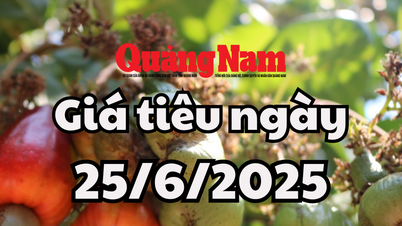
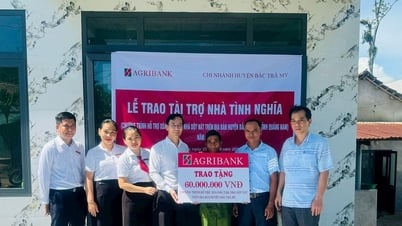
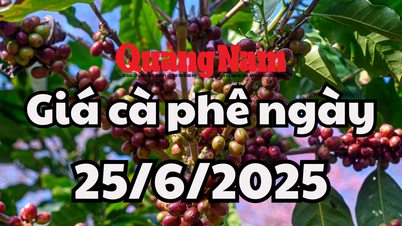

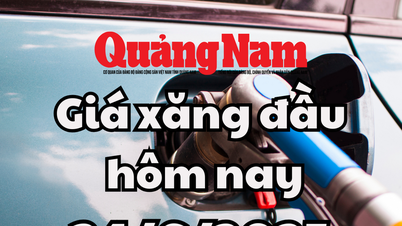
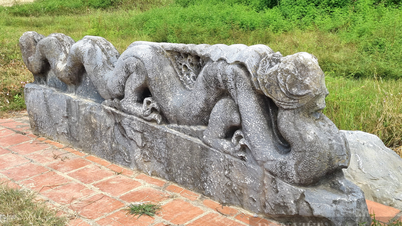

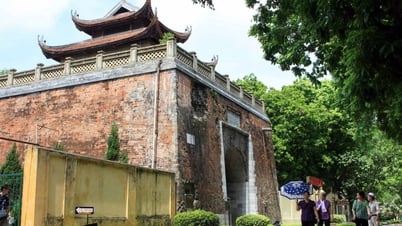

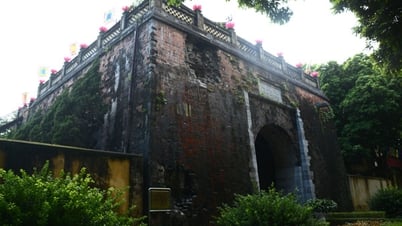

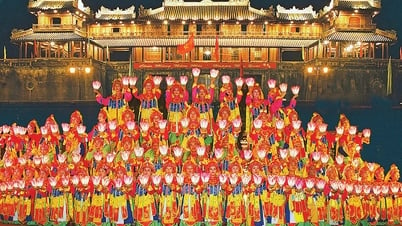



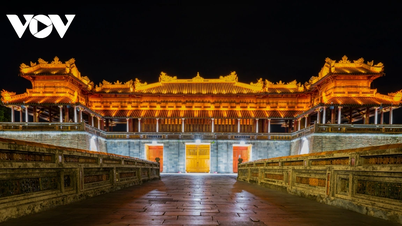

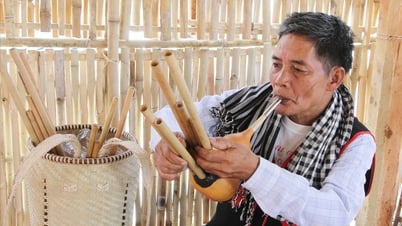





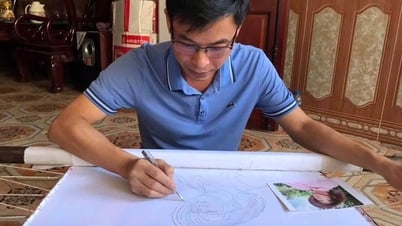




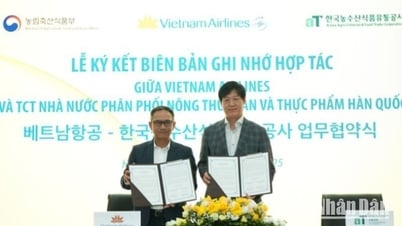








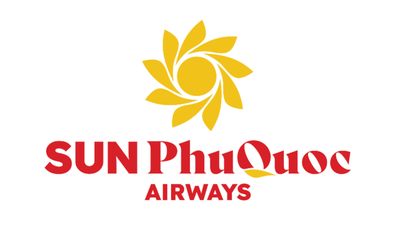
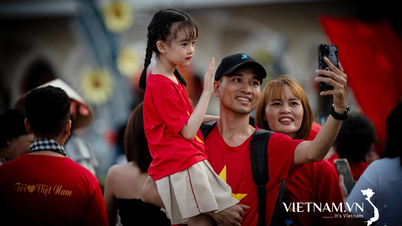


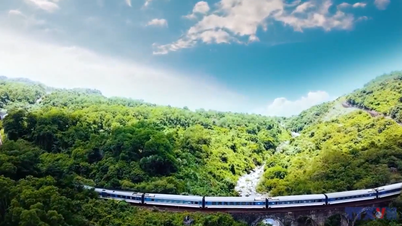






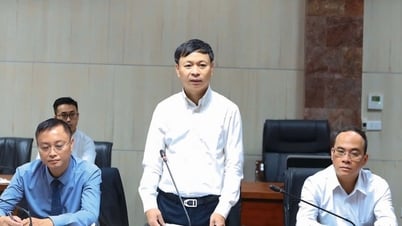

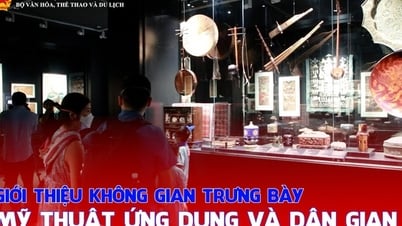

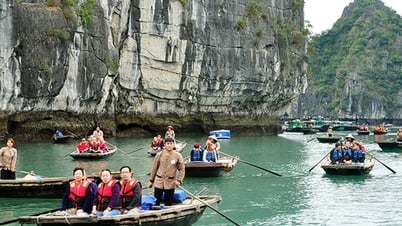

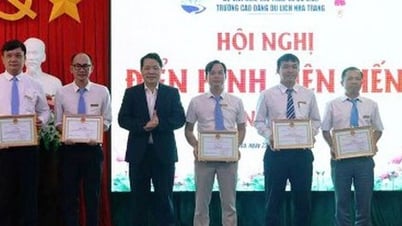
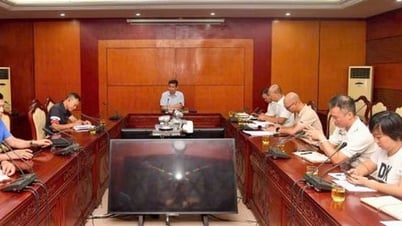


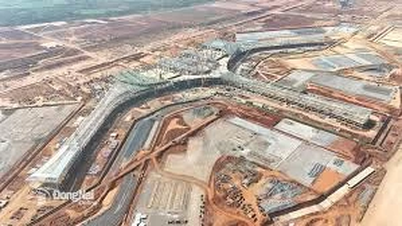

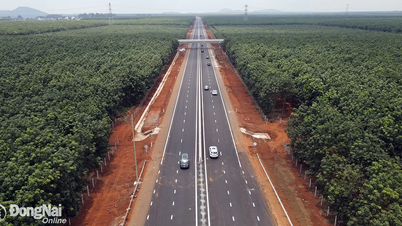
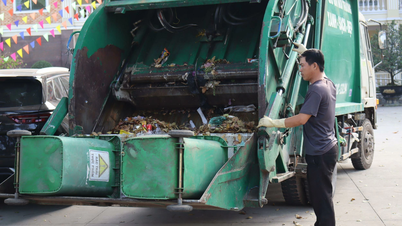
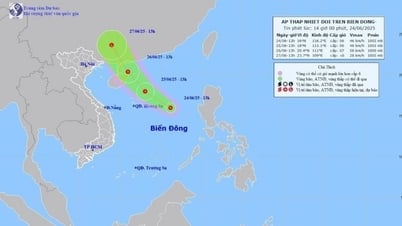

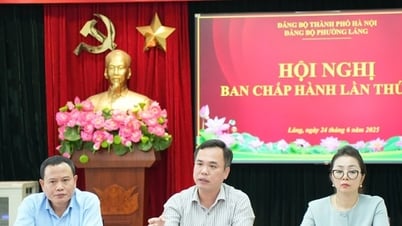












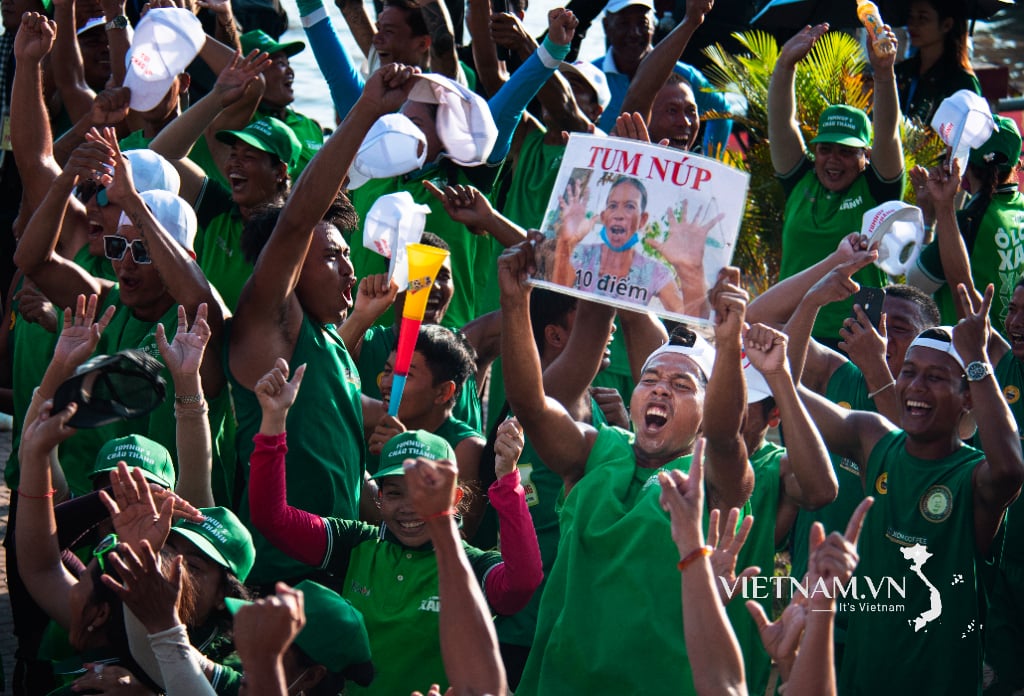
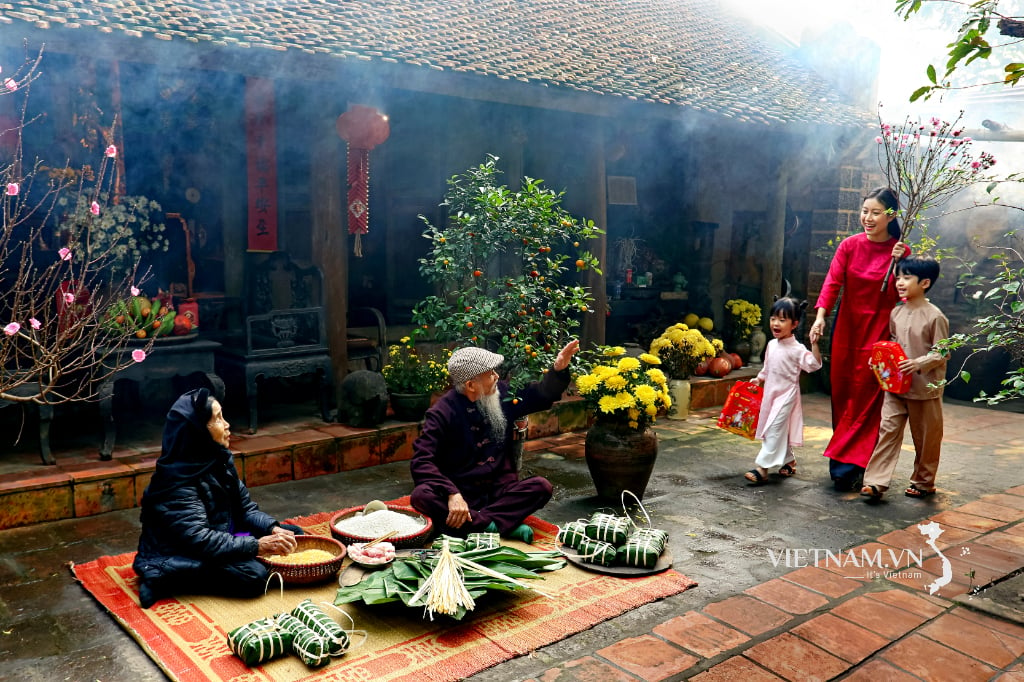


Comment (0)